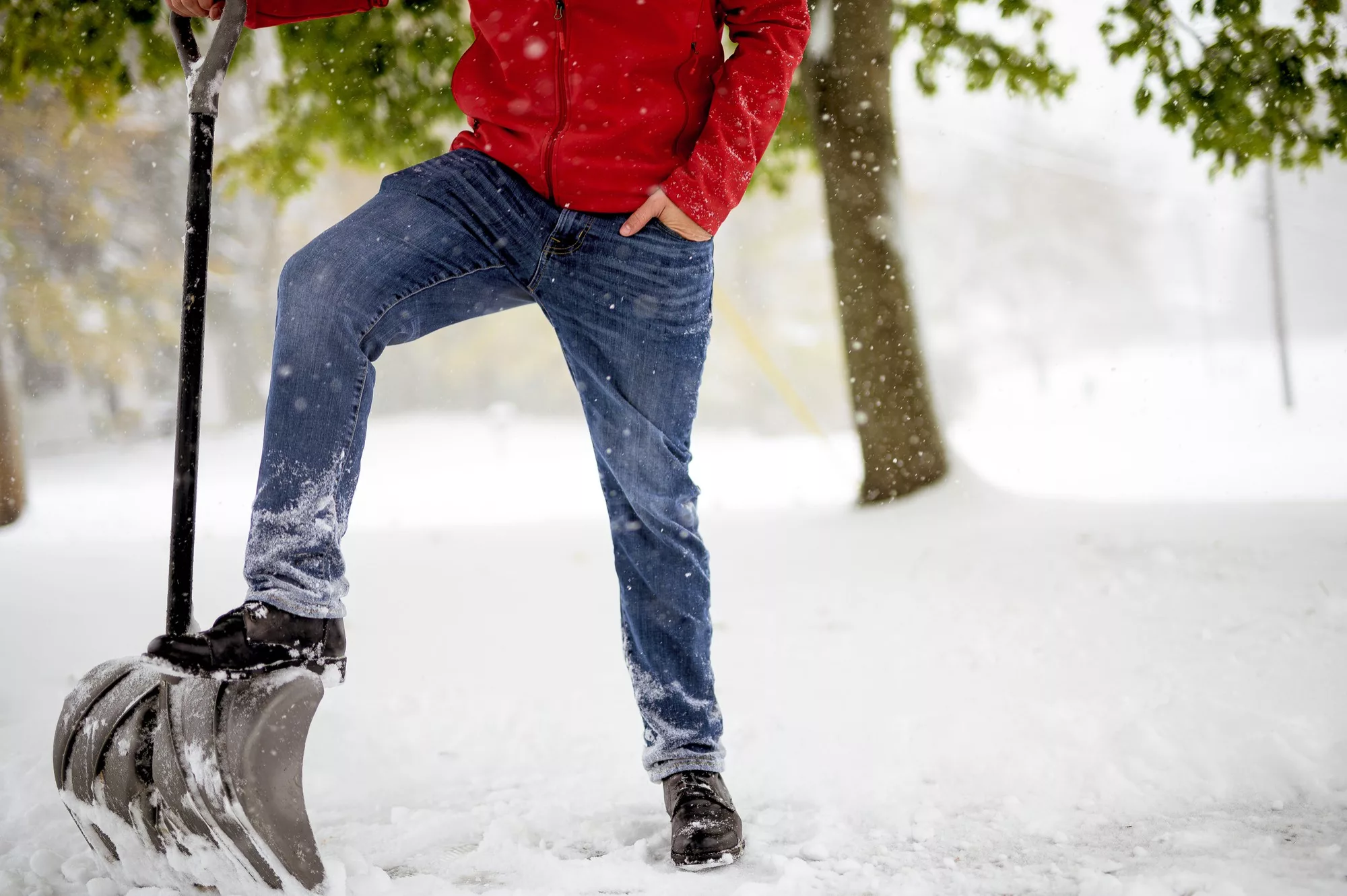
As the colder months approach, it’s essential to start preparing your home for winter. Winter weather can take a toll on your home’s exterior and interior, leading to costly repairs and potential safety hazards. With some simple steps, you can ensure that your home is ready for the colder temperatures, snow, and ice that come with winter.
In this article, we’ll explore tips and tricks for preparing your home for winter so you can stay warm and comfortable all season long. So, grab a cup of hot cocoa, and let’s dive into the world of winterizing your home.
Winterizing Your Home’s Exterior
The first step in preparing your home for winter is to start getting ready to winterize the exterior. This involves taking steps to protect your home’s roof, gutters, and foundation from the harsh winter weather. Here are some steps that’ll help you get ready for the process of winterizing your home’s exterior.
- Inspect the Roof: Inspect your roof for any signs of damage or wear and tear. Look for missing or damaged shingles, and replace them as necessary. Clear off any debris, such as leaves and branches, and consider hiring a professional to inspect and repair any damage.
- Clean the Gutters: Clean your gutters and downspouts to ensure proper drainage. Clogged gutters can cause water to overflow and potentially damage your home’s foundation. Consider installing gutter guards to prevent debris from accumulating in the gutters.
- Seal Windows and Doors: Seal any gaps around your windows and doors to prevent cold air from seeping into your home. Apply weatherstripping or caulking to seal any gaps or cracks, and consider installing storm windows or doors for added insulation.
- Inspect the Foundation: Inspect your home’s foundation for any signs of cracks or damage. Seal any cracks, and consider installing a sump pump to prevent water from sitting in your basement should flooding or leaking occur.
Winterizing Your Home’s Interior
In addition to winterizing the exterior, it’s important to prepare the interior of your home for the winter months. This involves taking steps to keep your home warm and comfortable, while also maintaining your home’s safety. Here are some tips and tricks for winterizing your home’s interior.
- Service Your Heating System: Service your heating system, including your furnace, boiler, and ductwork. Change the air filter, and hire a professional to perform an annual maintenance check. This will ensure that your heating system is working efficiently and safely.
- Insulate Your Home: Your home has insulation to keep it warm and to reduce energy costs. Be sure the insulation in your attic and under your floors is in place and properly secured, and consider using draft stoppers to prevent cold air from seeping in through gaps around doors and windows.
- Clean Your Chimney: If you have a fireplace, make sure the chimney is clean and properly sealed. This prevents drafts and heat loss. A clean chimney promotes efficient airflow, ensuring that your fireplace or heating appliance functions optimally. Proper airflow helps fuel burn more efficiently, which can save you money on energy costs and reduce the environmental impact.
- Prepare for Emergencies: Prepare for emergencies by stocking up on essential supplies, such as food, water, batteries, and blankets. Make sure that you have a backup heating source in case of a power outage, but never run a generator inside your home.
Other Winter Safety Steps
Finally, it’s important to take a few other steps to stay safe during the winter months. Winter weather can pose safety risks unique to the season. Here are some tips and tricks for staying safe during the winter months.
- Shovel and Salt Walkways: Shovel and salt your walkways to prevent slips and falls. Use a snowblower or hire a professional to remove snow from your driveway and sidewalks before salting.
- Protect Against Carbon Monoxide: Protect against carbon monoxide poisoning by installing carbon monoxide detectors and having your heating system inspected by a professional. Never use a gas stove or oven as a heating source, and make sure that all fuel-burning appliances are properly ventilated.
- Be Cautious with Space Heaters: Be cautious when using space heaters, as they can pose a fire hazard. Keep space heaters away from flammable materials, and never leave them running unattended.
Preparing your home for winter is essential for staying warm and safe during the colder months. By winterizing your home’s exterior, preparing the interior, and taking steps to stay safe, you can enjoy a comfortable and stress-free winter season. Remember to prioritize safety and hire reputable service people to ensure that your home is ready for whatever winter throws your way.

